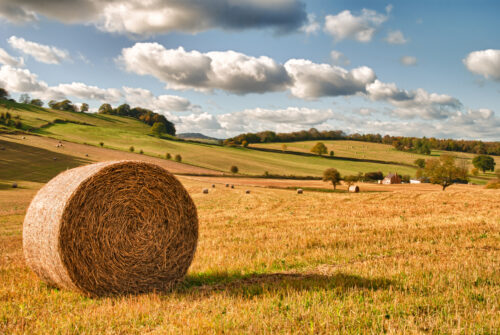Fertiliser prices in 2022/2023 and selected company fertiliser performance
Fertiliser company profits leapt 500% in 2022, relative to 2020, analysis from the Energy and Climate Intelligence Unit (ECIU) shows, as public weathered food prices hikes of almost 20%.
Last updated:
2021 and 2022 saw gas prices hit an all-time high.
One consequence of this was a steep and near unprecedented increase in artificial fertiliser prices, due to the reliance on natural gas during the manufacturing process. Fertiliser prices trebled between 2021 and 2022, adding hugely to farmers production costs. UK farmers have become reliant on these fertilisers as agriculture has become more intensive and specialised. Fertilisers account for a significant proportion of greenhouse gas emissions from agriculture.
In 2022, farmers spent £1.62 billion on artificial fertilisers, £1.17 billion more than they spent in 2020. Already in 2023, UK farmers are likely to have spent close to £1 billion, around double what they spent by the same point in 2020. With fertilisers increasing in price by more than any agricultural input, the industry-funded Agriculture and Horticulture Development Board has identified it as the main driver of agricultural price inflation. In 2022, total income from farming increased by 16.6% however, more than enough to offset these higher input costs.
This suggests that high fertiliser prices were not absorbed by farmers, but instead are likely to have manifested themselves in higher food prices. Previous ECIU analysis identified that fossil fuels and climate change added around £400 to the average household food bill in 2022, up to 88% of all food price inflation last year. In the year to March 2023, food price inflation hit a high of 19.8%.
In the same window of time, the profits at the main fertiliser companies to supply into the
UK market increased by more than 500% on average, raising parallels with the excess profits made by oil and gas companies. With profits directly linked to record high prices, and the associated costs passed on by farmers and growers up the supply chain, it is likely that these profits have contributed to food price inflation. This conclusion is supported by recent International Monetary Fund analysis that found corporate profits account for nearly half of all inflation in the euro area.
